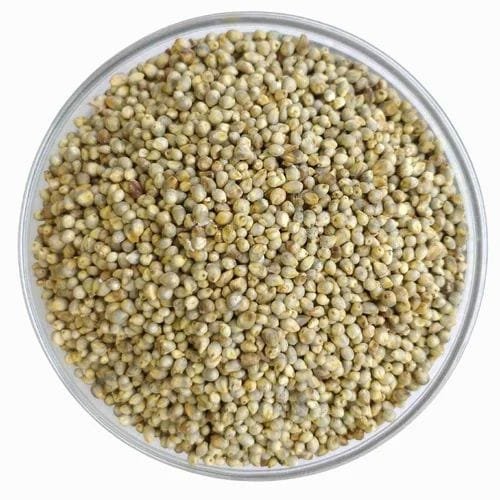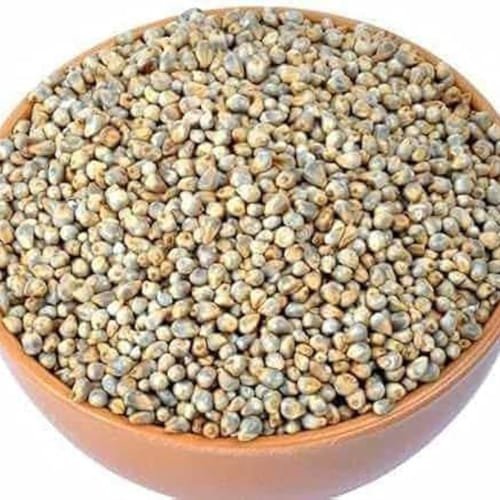Native Pearl Millet (Bajra) – Detailed Description
Overview
Native Pearl Millet (Pennisetum glaucum) is one of the oldest cultivated grains in the world, renowned for its resilience, nutritional richness, and adaptability to harsh climates. Grown traditionally across Africa, India, and parts of Asia, this ancient grain plays a vital role in sustainable agriculture and healthy diets.
Origin and Heritage
Pearl millet has been cultivated for over 4,000 years. Our Native Pearl Millet varieties are sourced from heirloom seeds that have been preserved across generations, ensuring the purest and most authentic grain free from genetic modification. These native strains are naturally adapted to local soil and climate conditions, making them ideal for organic and regenerative farming.
Nutritional Benefits
Pearl millet is a powerhouse of nutrients, making it a staple in health-conscious diets:
High in protein and fiber
Rich in essential minerals like iron, magnesium, phosphorus, and zinc
Packed with antioxidants
Naturally gluten-free
Low glycemic index — excellent for managing blood sugar levels
Promotes gut health and aids in digestion
Why Choose Native Pearl Millet?
Superior Taste: Native varieties offer a richer, more earthy flavor compared to hybridized millets.
Better Nutrition: Traditional millets retain higher levels of micronutrients.
Resilience: Grows naturally in drought-prone, nutrient-poor soils without heavy chemical inputs.
Eco-Friendly: Cultivating native millet requires less water and improves soil health, supporting biodiversity and sustainable farming practices.
Culinary Uses
Native Pearl Millet is incredibly versatile:
Ground into flour for making rotis (flatbreads), porridges, and pancakes
Cooked whole as a hearty rice substitute
Used in traditional dishes like khichdi, upma, and millet-based desserts
Fermented into beverages like traditional millet beer in some cultures







Reviews
There are no reviews yet.